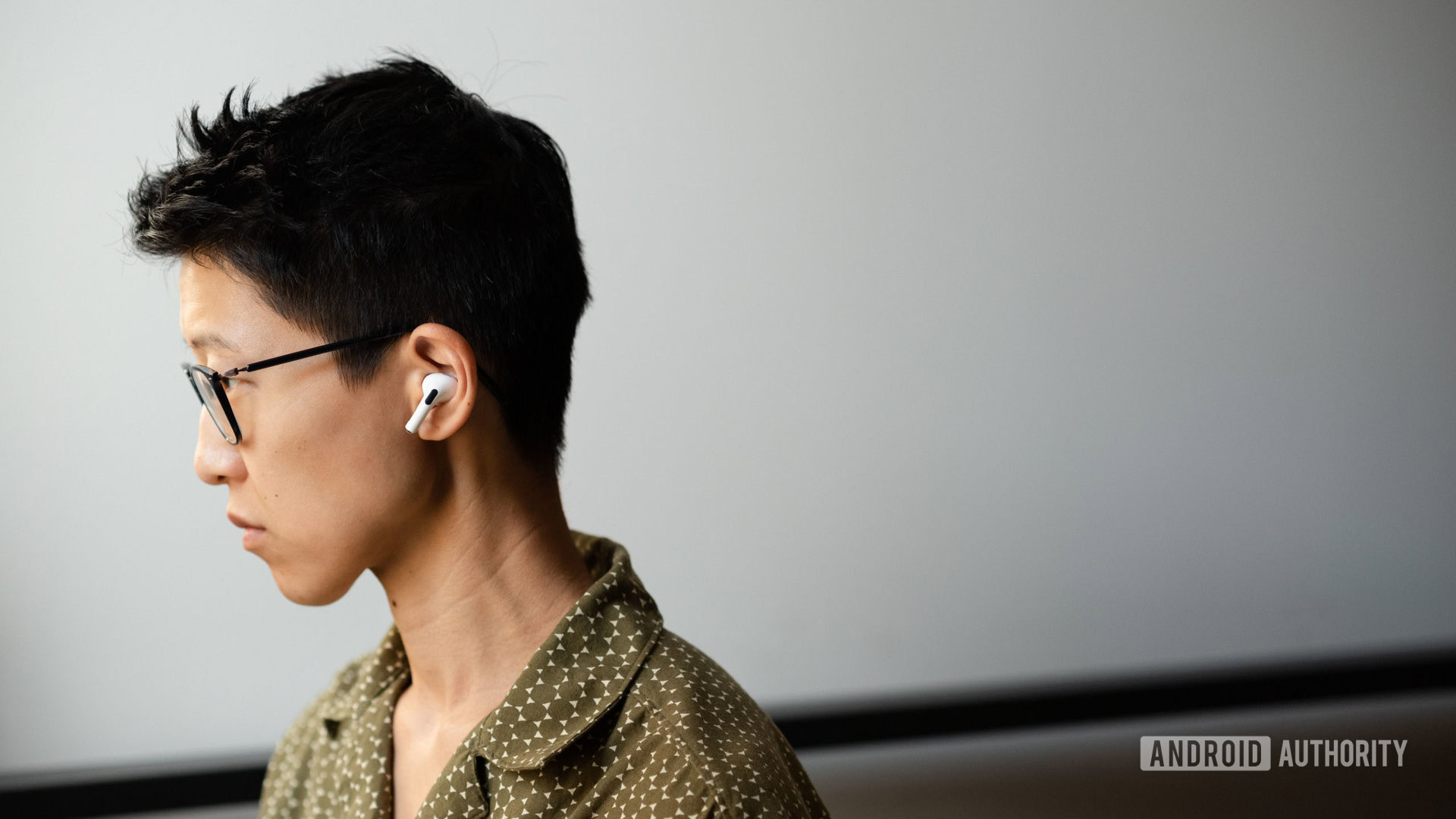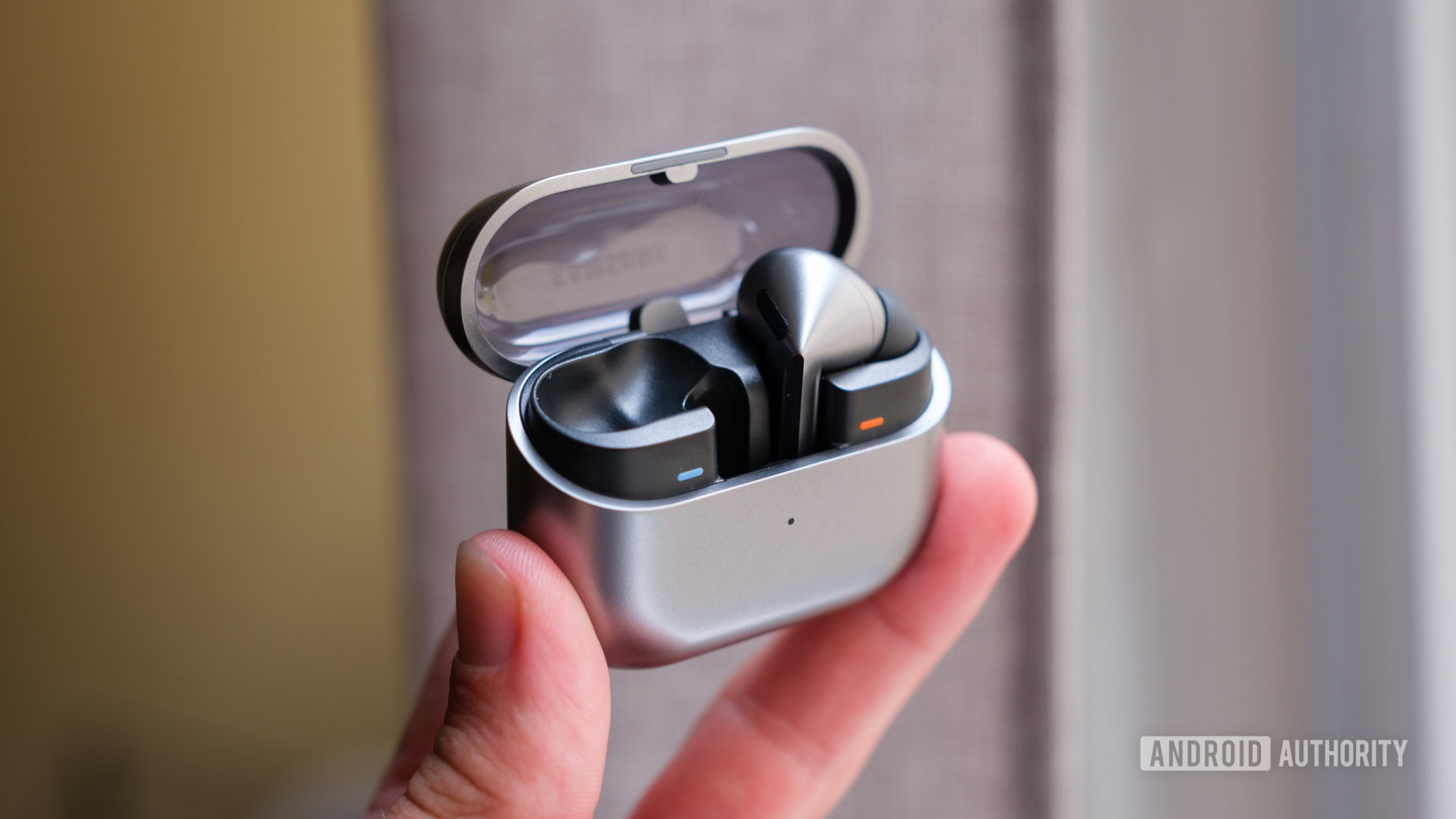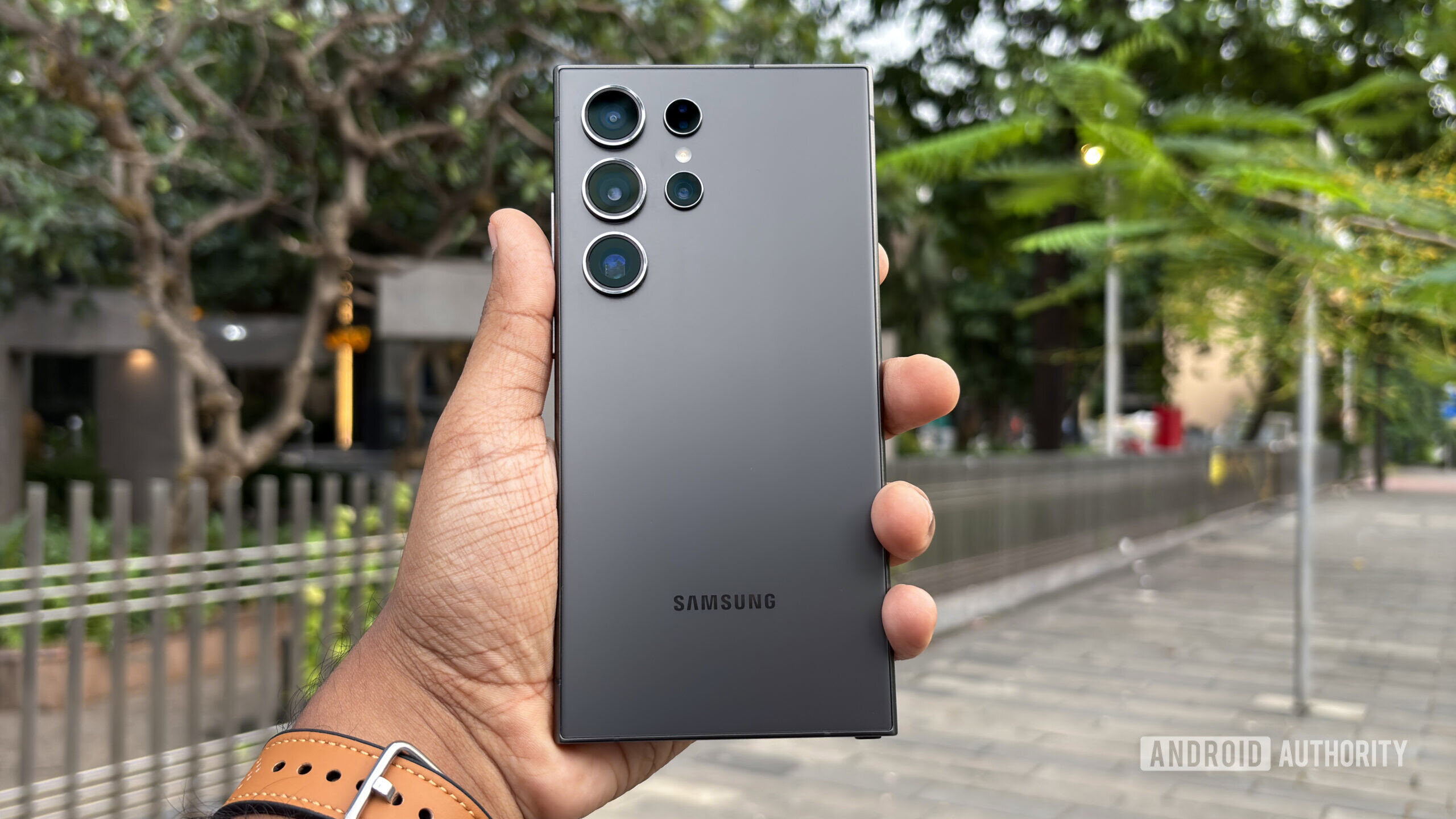
Lil Katz / Android Authority
TL;DR
- The FCC has approved a regulation requiring 100% of all mobile handsets sold in the US to be compatible with hearing aids.
- The rule requires phone makers to abandon proprietary Bluetooth coupling standards and meet new volume control requirements.
- Phone makers are also urged to change their packaging to indicate hearing aid compatibility on their devices.
The FCC has adopted a new regulation that will require all smartphones to be compatible with hearing aid devices. The commission says that with the new mandate, 48 million Americans with hearing loss will be able to choose from the same mobile phone models available to everybody.
“Under the new rules, after a transition period, Americans with hearing loss will no longer be limited in their choice of technologies, features, and prices available in the mobile handset marketplace,” the FCC noted in a press release.
The regulation requires all phone makers to abandon proprietary Bluetooth coupling standards that may interfere with hearing aid compatibility. The FCC will require all handsets to ensure universal connectivity between smartphones and hearing aids, including over-the-counter devices like the recently approved Apple AirPods Pro 2.
Moreover, the rule mandates that all new mobile handsets available in the US meet volume control benchmarks that ensure clear audio for listeners by allowing them to increase the audio volume without introducing distortion.
“Such requirements accommodate consumers with hearing loss who do not use hearing aids as well as those that rely on hearing aids or cochlear implants,” the FCC said.
Additionally, phone makers will have to revise their labels and websites to indicate hearing aid compatibility, whether or not the handset meets telecoil or Bluetooth coupling requirements, and how high the handset’s audio volume can be raised while meeting the new volume control requirements.








 English (US) ·
English (US) ·